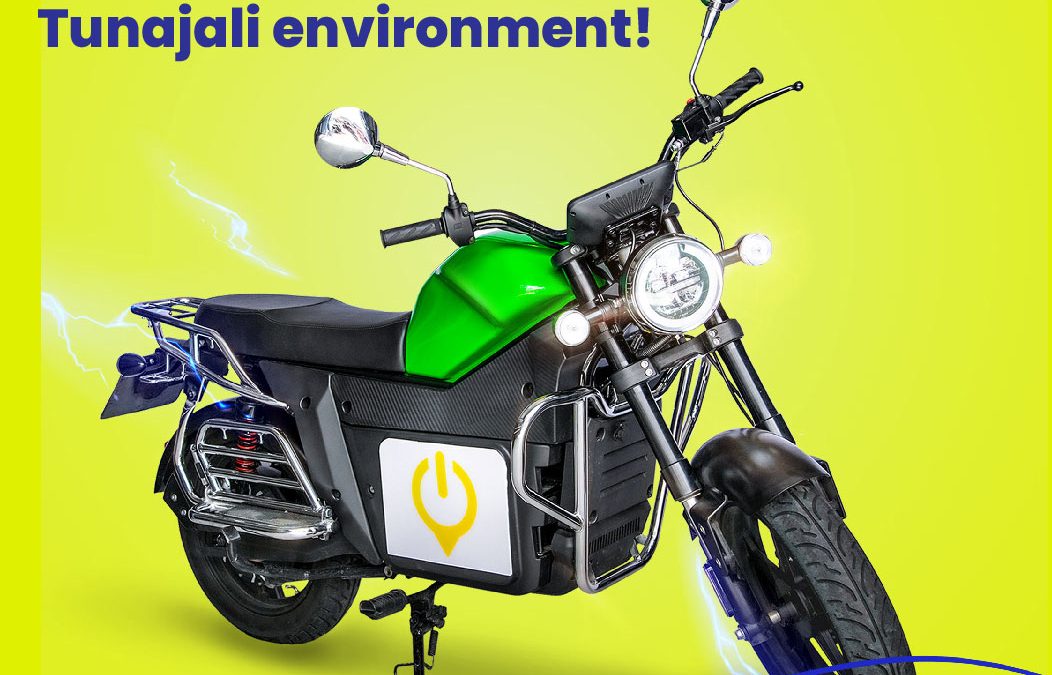By Angel Mutai
In recent years, Kenya has been making significant strides in embracing the global shift towards electric mobility, championed by none other than President William Ruto himself. As technology continues to advance, the adoption of electric vehicles (EVs), e-bikes, and e-buses is becoming more prevalent, promising a greener and more sustainable future for the country.
Electromobility, often referred to as e-mobility, encompasses a wide range of electric transportation options. From light-duty electric cars to medium and heavy-duty electric vehicles, electric micro-mobility devices, and even electric transit vehicles, the options are expanding rapidly. This shift towards electric mobility is not only an innovative transportation solution but also a crucial step towards reducing the environmental impact of traditional combustion engine vehicles.President William Ruto has been at the forefront of promoting electric mobility in Kenya. His election manifestos featured prominent commitments to electric mobility, utility-scale battery storage, energy efficiency, and green hydrogen. Since taking office, Ruto’s government has reaffirmed Kenya’s dedication to transitioning to 100% clean energy by 2030.
One of the most visible initiatives to support electric mobility in Kenya is the promotion of electric motorcycles, especially in the motorcycle taxi industry. Recent finance bills have included measures aimed at accelerating the adoption of electric motorcycles, electric bicycles, and electric buses.President Ruto has taken the lead in promoting electric mobility by adopting an all-electric fleet for his motorcade. This move was particularly notable during Africa Climate Week and the Africa Climate Summit. The president’s team showcased electric motorcycles from companies like Roam, Ampersand, KiriEVC, and Spiro. President Ruto himself drove a striking Autopax Air EV Yetu, part of his electric motorcade, which also featured other electric cars, including the VW e-Golf from the local electric vehicle charging network, EvChaja.
The Autopax Air EV Yetu, a rebadged Wuling Air from the SAIC-GM-Wuling collaboration, is set to offer Kenyan consumers two options: a standard range model with a 17.3 kWh battery, boasting a range of 200 km, and a “long-range” model equipped with a 26.7 kWh battery, providing an impressive range of up to 300 km. The name “Yetu,” meaning ‘ours’ in Swahili, reflects the pride of Kenya in this development.Kenya’s National Energy Efficiency and Conservation Strategy for 2020 set an ambitious target: to have 5% of all registered vehicles in Kenya powered by electricity by 2030. To achieve this goal, the Kenyan government is actively pursuing investment in the e-mobility sector through tax incentives and infrastructure development.
In a significant step forward, an EV company has launched the first of its planned 300 charging stations in Kenya. This development aims to bolster the country’s e-mobility sector and provide essential charging infrastructure for the growing number of electric vehicles on Kenyan roads.
As electric vehicle prices continue to decline, it is anticipated that they will become as affordable as traditional gasoline cars by 2025. This affordability factor is expected to make electric vehicles more appealing to Kenyan customers, providing them with a sustainable and eco-friendly alternative to conventional automobiles.
Kenya’s journey towards electric mobility is gaining momentum, with President Ruto’s leadership paving the way for a greener and cleaner future. With ambitious targets, infrastructure development, and a growing array of electric vehicles, Kenya is on the cusp of a transformative shift in its transportation landscape—one that promises to benefit both the environment and its citizens.

